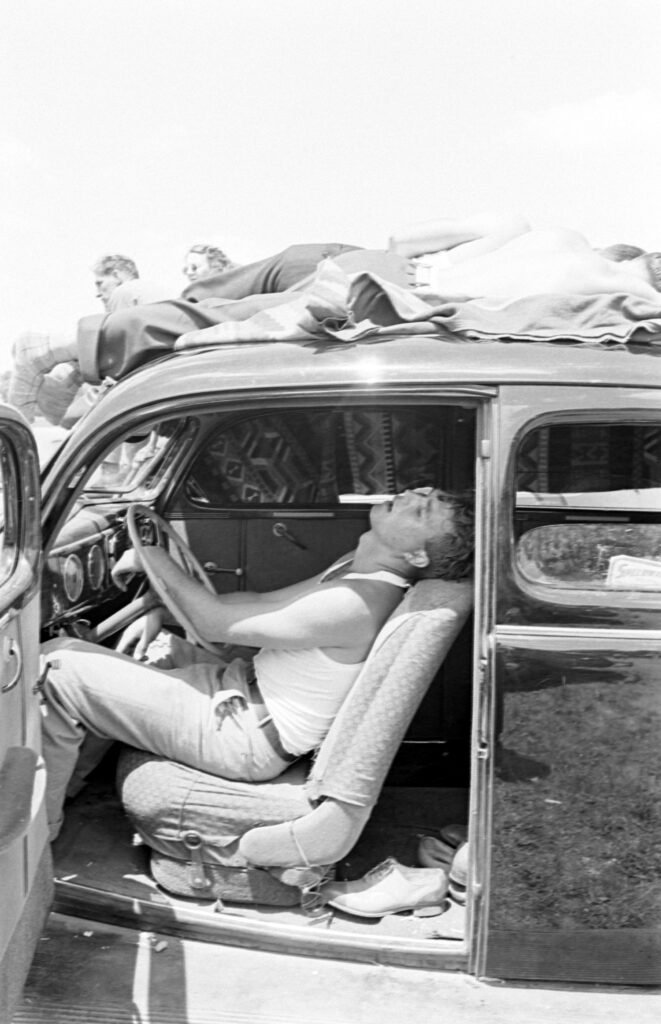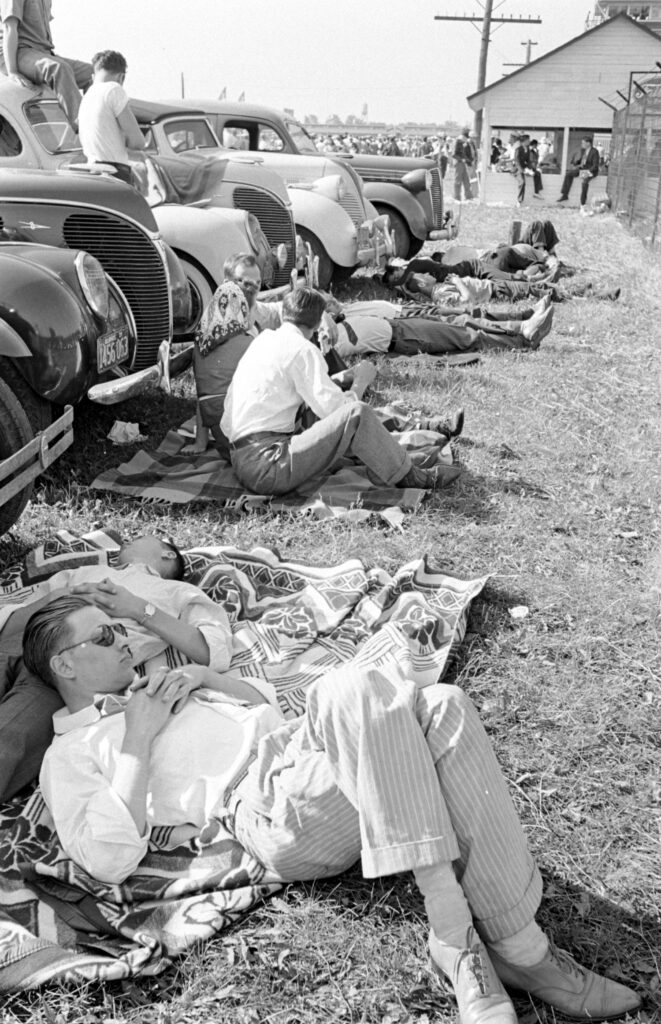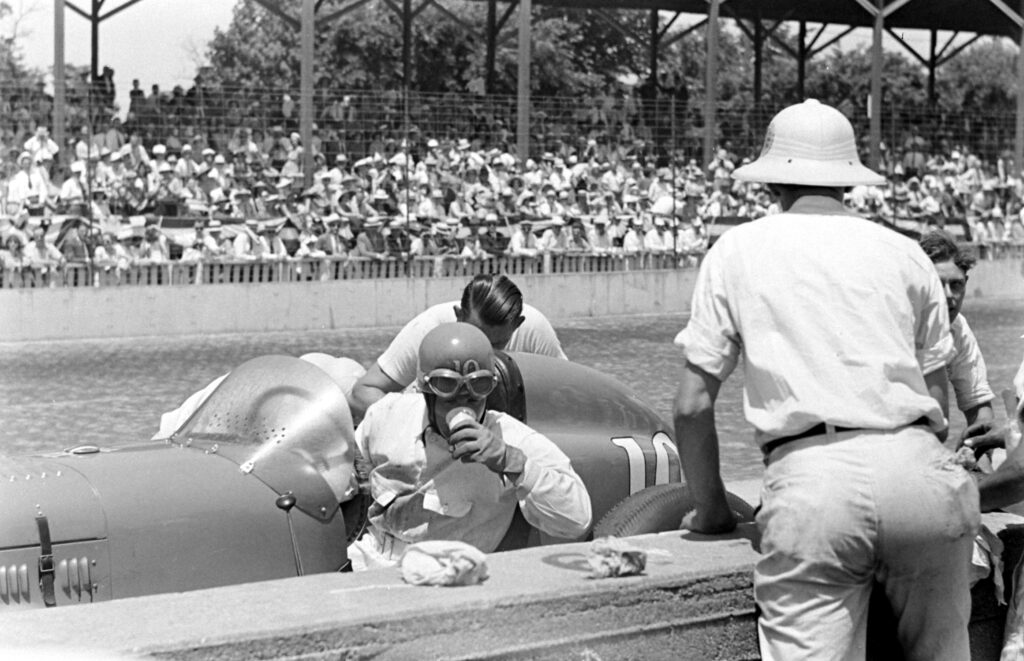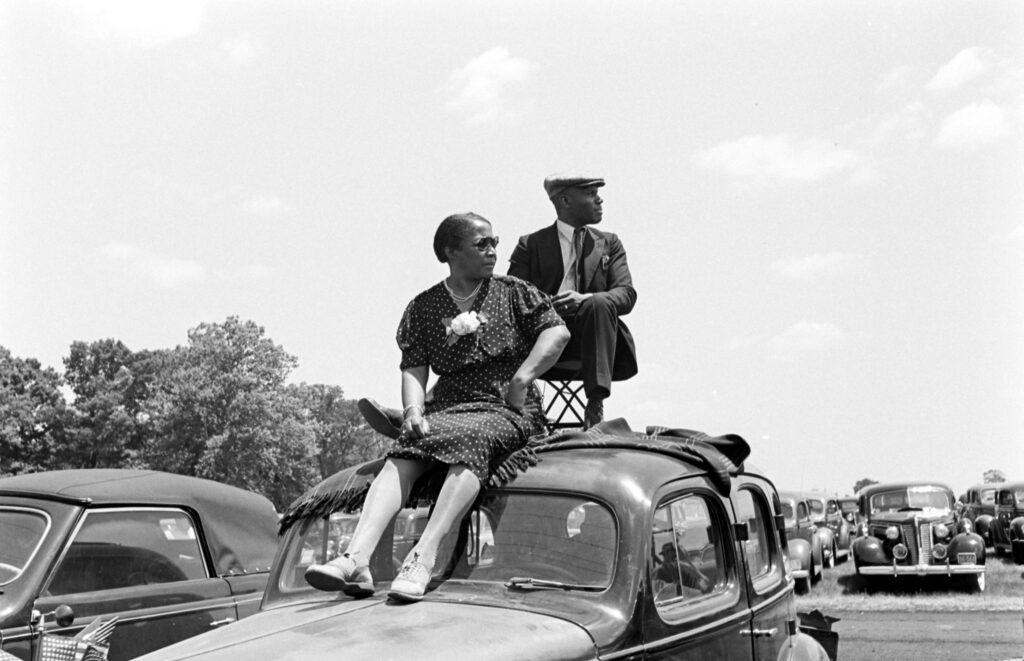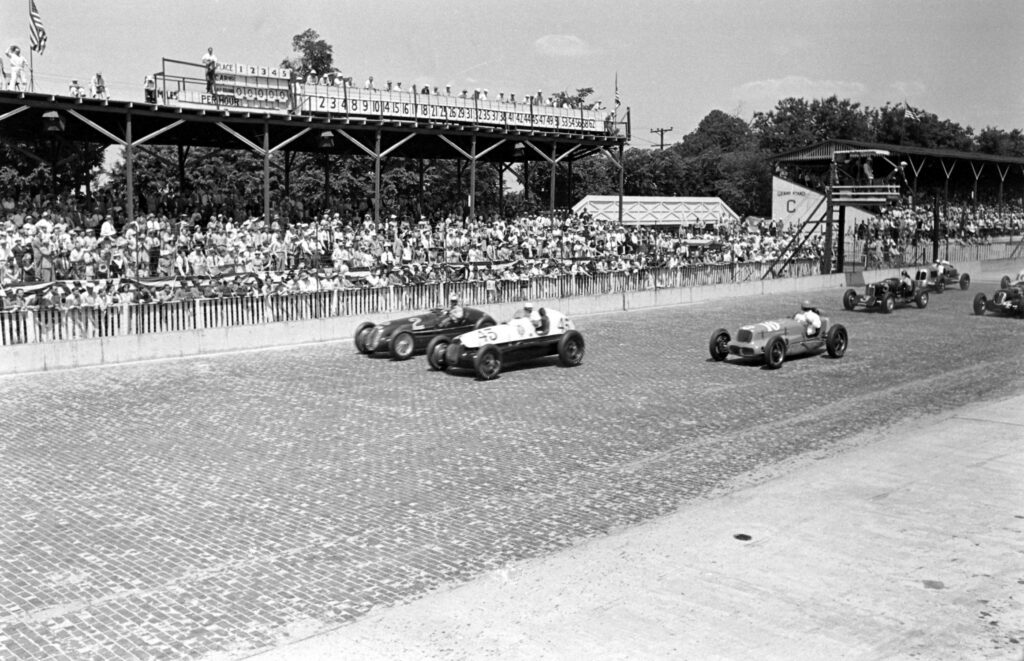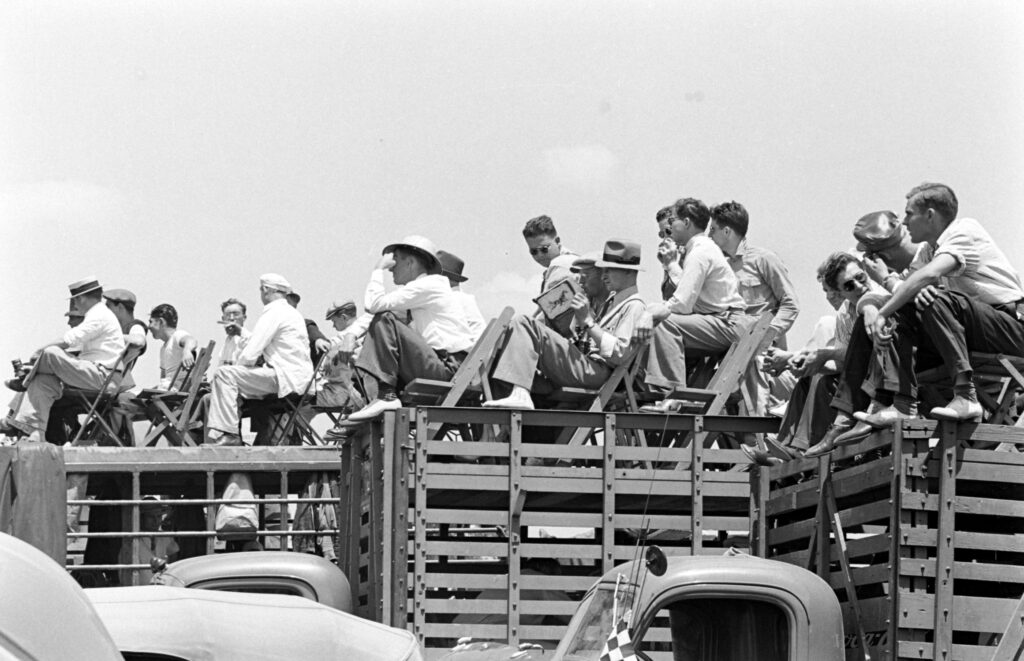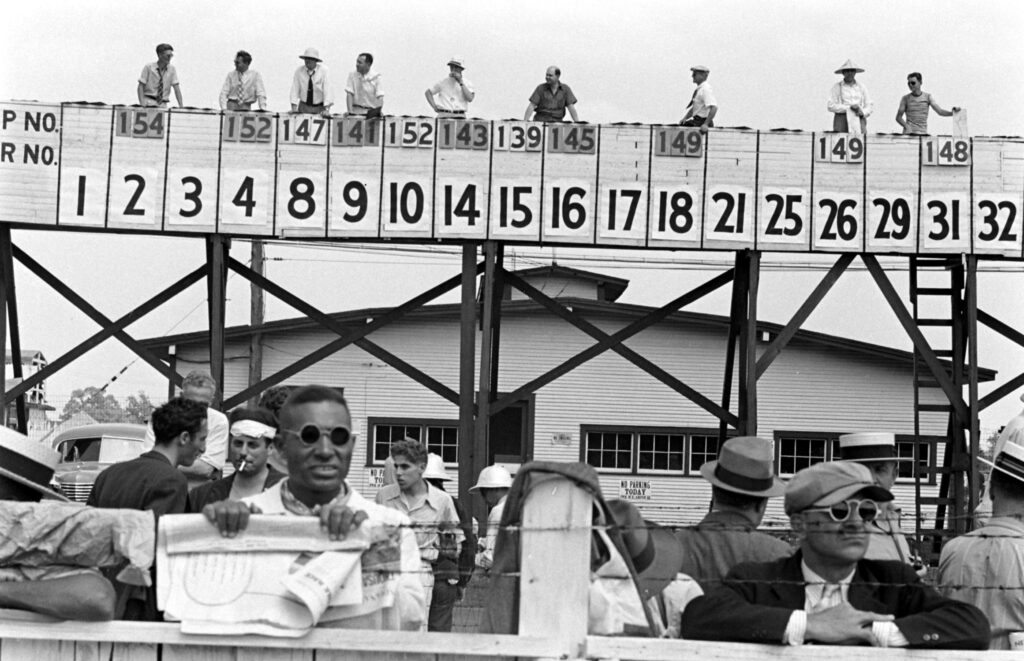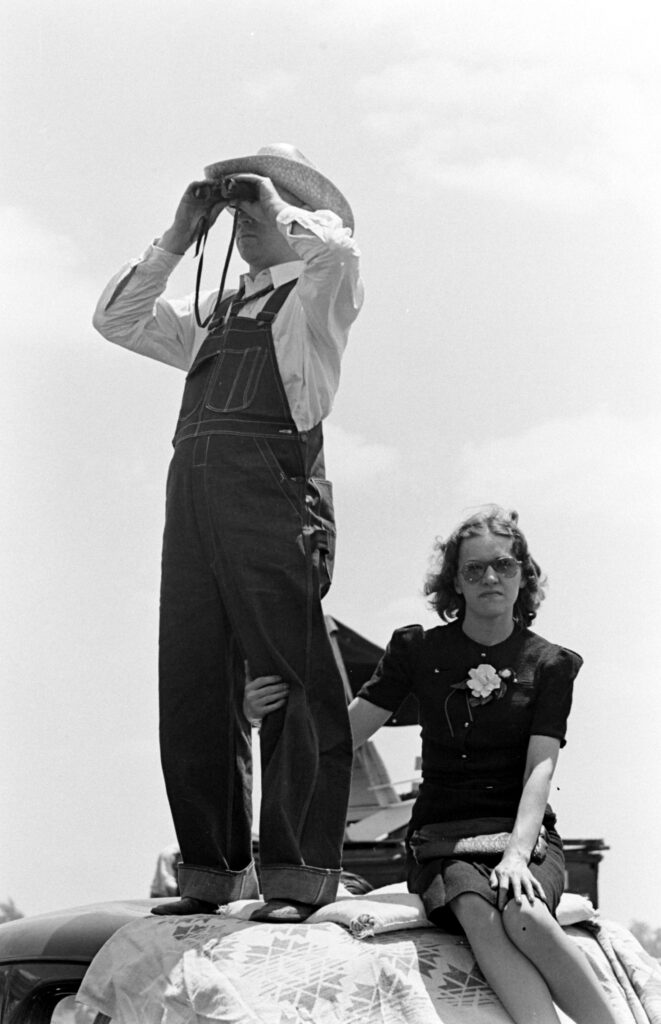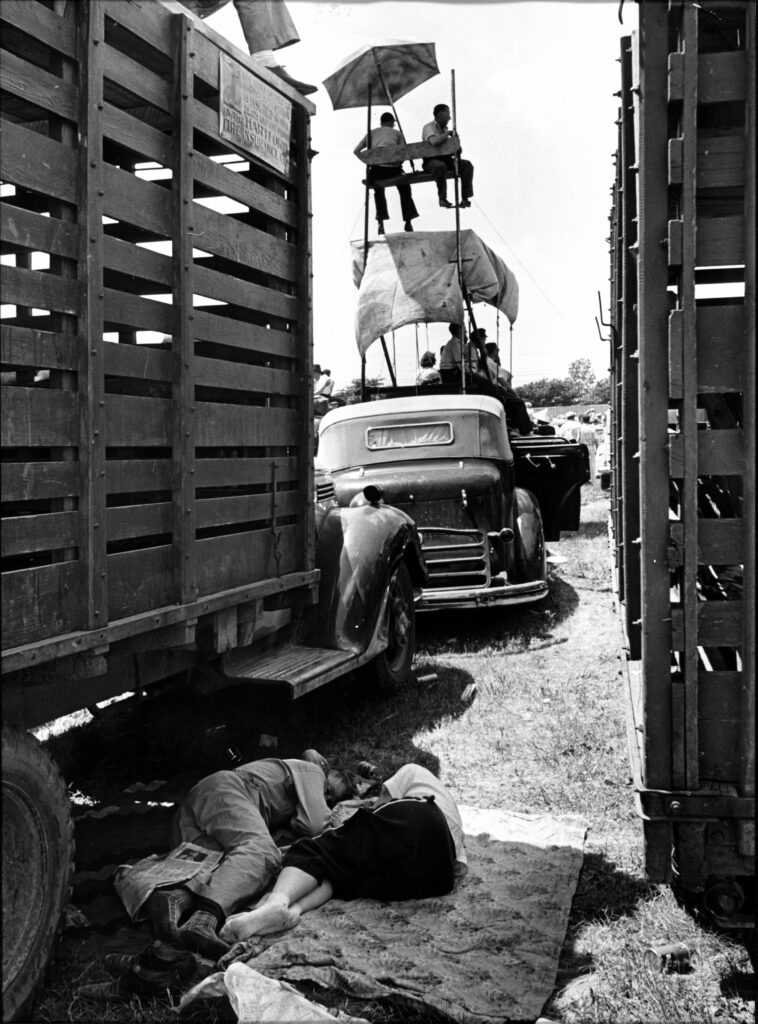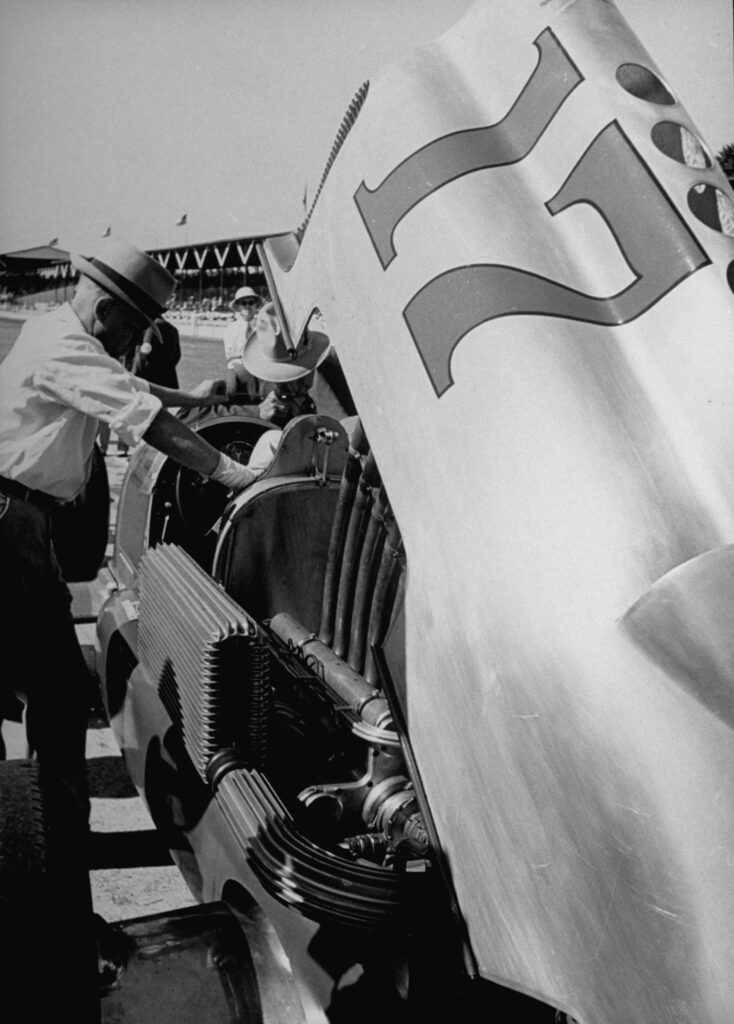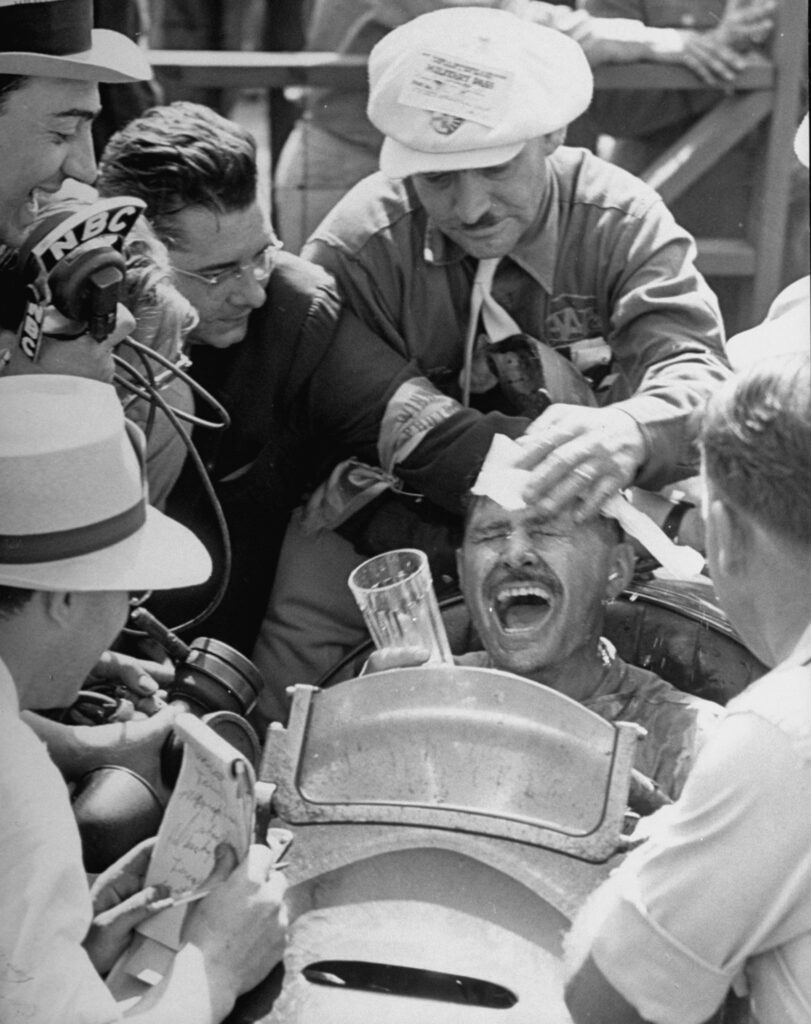When you first lay eyes on Alfred Eisenstaedt’s photographs from the 1939 Indianapolis 500, you’re immediately transported back in time. The images don’t just document a race; they capture an era—an America where racing was both a spectacle and a test of human and mechanical endurance.
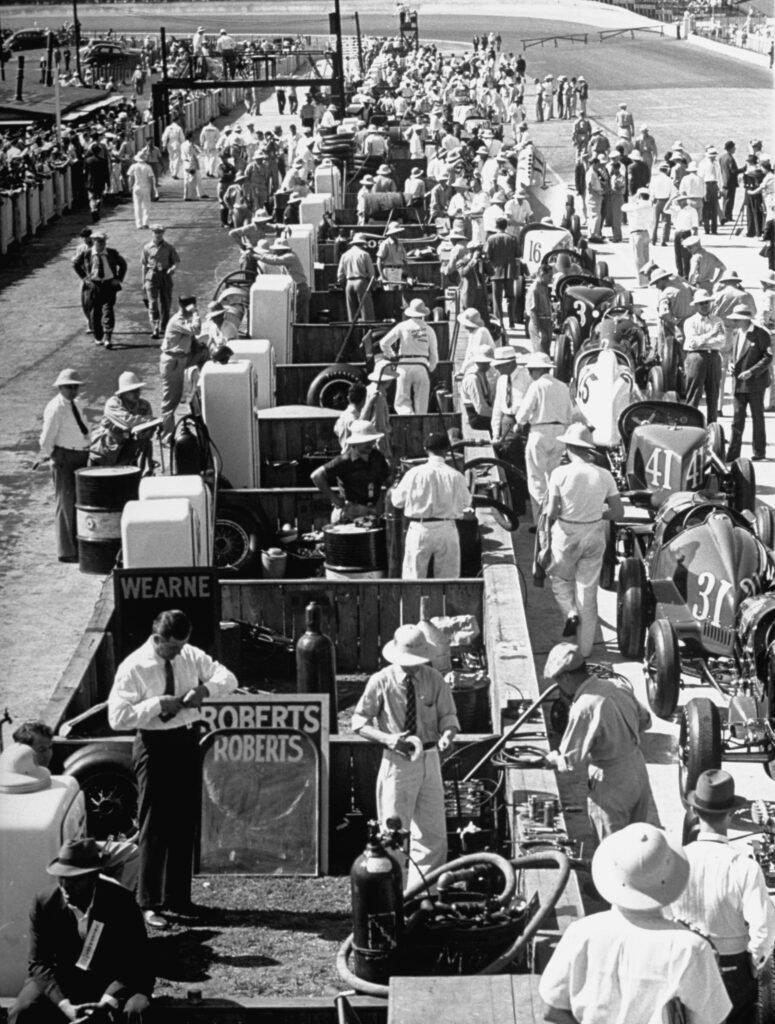
The details are striking. Narrow-bodied race cars with open cockpits, a grandstand that looks almost makeshift, and fans dressed in ties, hats, and undershirts, seemingly from a different world. Even the track itself, with its brick surface, reminds us of how much racing has evolved over the years.
But beyond the visuals, these photos tell a deeper story—a story of thrill, tragedy, and the resilience of motorsport.

The Golden Age of Racing – A Dangerous but Thrilling Sport
By 1939, the Indianapolis 500 had already established itself as one of the most prestigious motorsports events in the world. The race, first held in 1911, was a Memorial Day tradition, drawing massive crowds eager to witness raw speed, daring drivers, and unpredictable outcomes.
Back then, auto racing was as much a death-defying act as it was a competitive sport. Safety measures were nearly non-existent, and drivers relied on instinct, skill, and sheer bravery to navigate the treacherous oval at breakneck speeds.
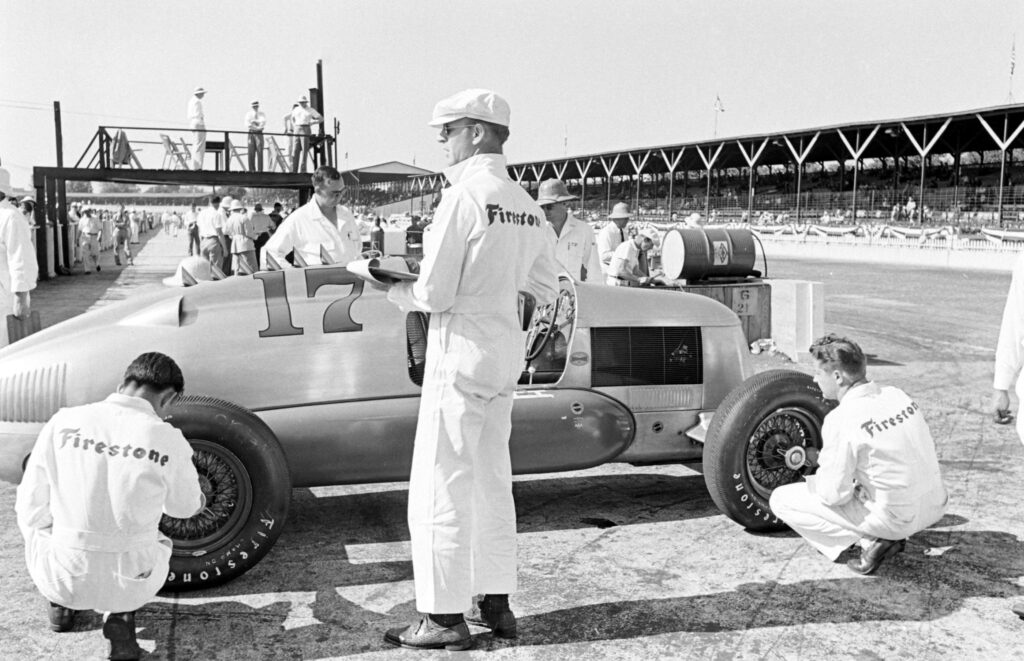
A Track Built on Bricks – The Birth of “The Brickyard”
One of the most striking elements in Eisenstaedt’s photos is the track itself. Unlike modern-day smooth asphalt circuits, the Indianapolis Motor Speedway was originally paved with bricks—3.2 million of them.
Though the track had been partially paved over with asphalt by 1939, its brick foundation remained, earning it the enduring nickname “The Brickyard.” Today, only a three-foot strip of bricks remains at the start/finish line, serving as a tribute to racing history.
Drivers today continue the tradition of kissing the bricks after a victory—a nod to the past and to the fearless racers who paved the way.
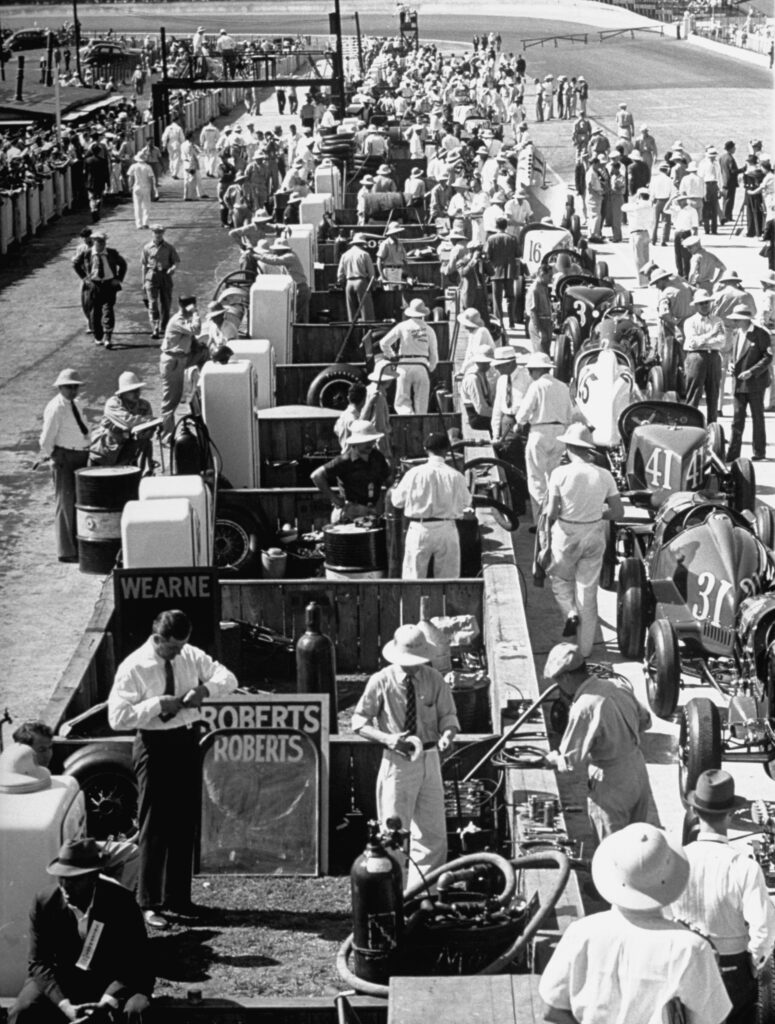
The Characters of Race Day – A Snapshot of 1930s America
Eisenstaedt’s genius wasn’t just in capturing the race itself, but in documenting the people who made the event special. His photographs show more than just roaring engines and blurred motion; they highlight the human stories unfolding at the track.
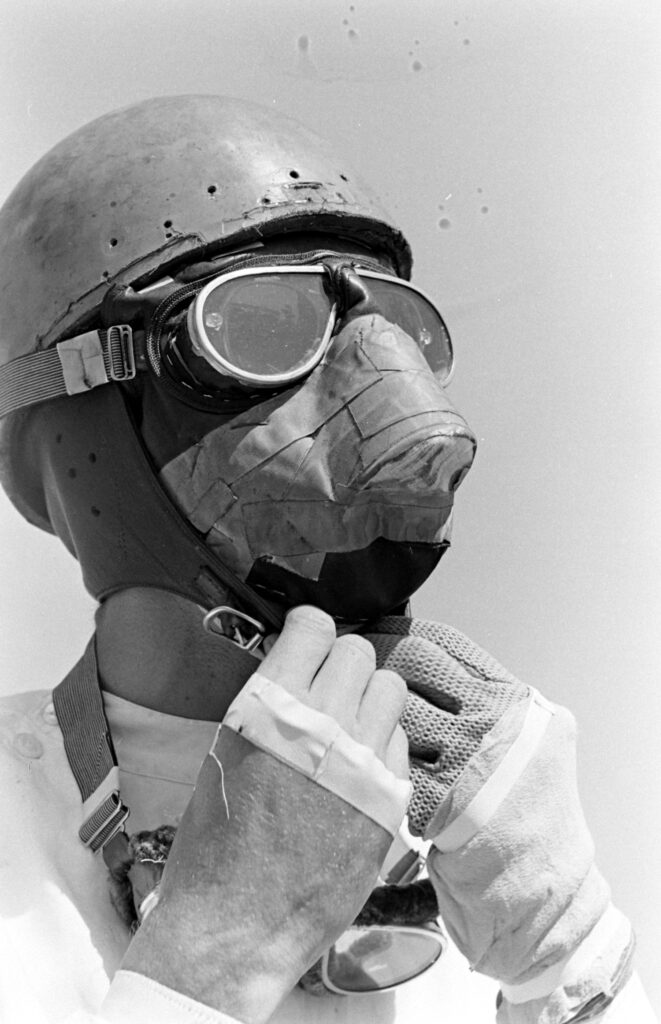
World War I Ace Turned Auto Racing Icon – Eddie Rickenbacker
Among the famous faces at the event was Captain Eddie Rickenbacker, a World War I flying ace who later transitioned into auto racing and business. At the time, he was serving as the president of the Indianapolis Motor Speedway, proving that the connection between speed on the ground and speed in the air was closer than one might think.
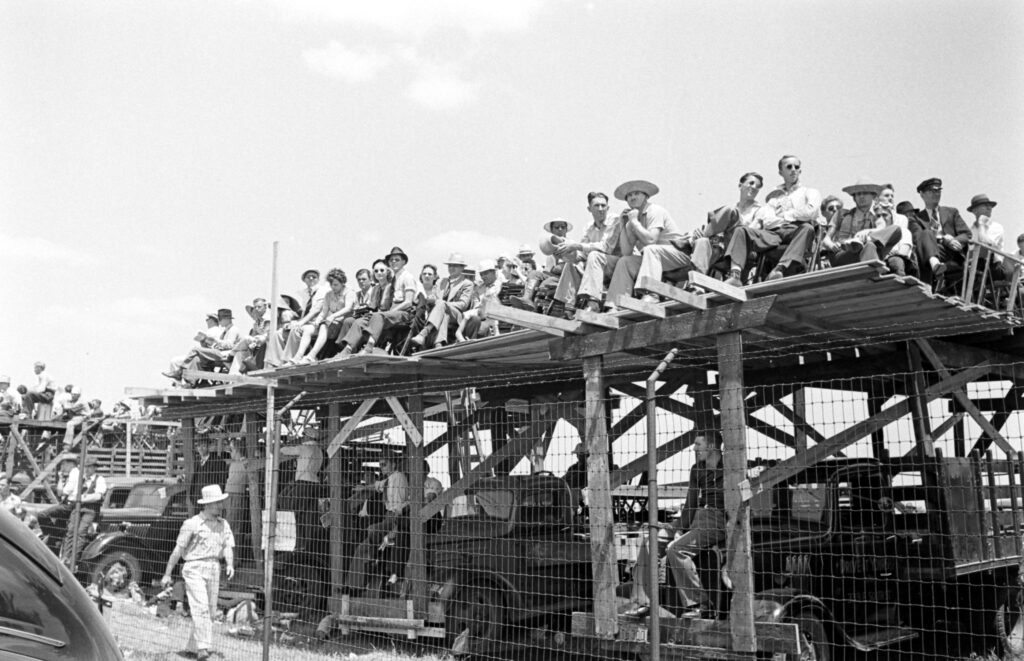
The Fans – A Unique Blend of Elegance and Enthusiasm
Unlike today’s fans in branded racing merchandise, the crowd in 1939 dressed sharply and formally—even for a motorsports event. Men wore hats and ties, while women came dressed in modest but stylish outfits. The photos capture everything from excited spectators leaning in for a closer look to fans lounging in the infield, some even napping during the long race.
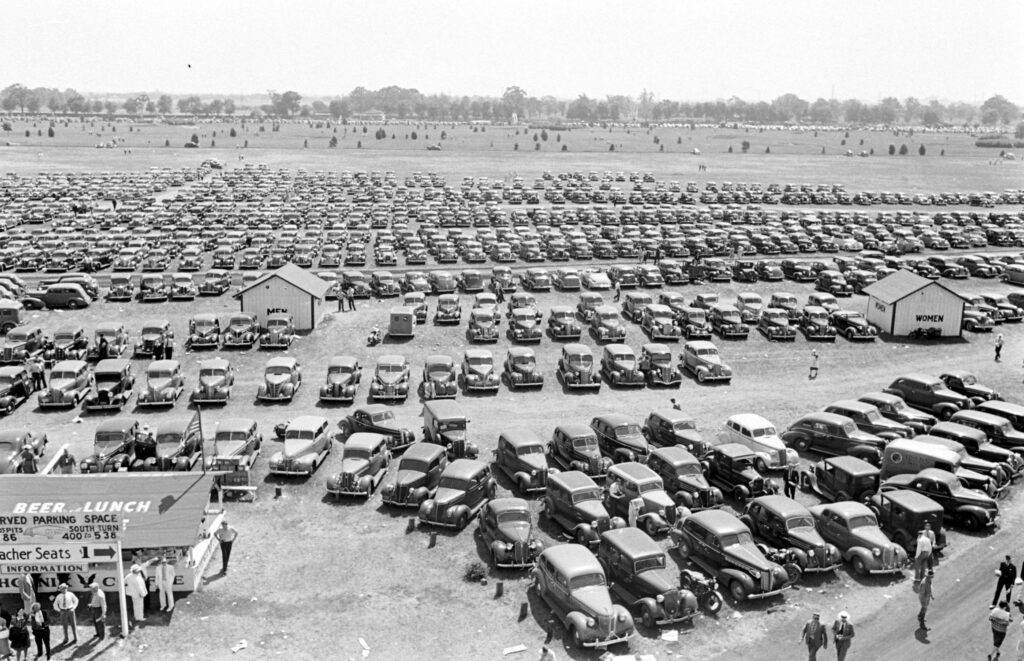
The Race Cars – A Different Breed of Machines
The race cars of 1939 look like something out of a child’s imagination, more similar to soapbox derby creations than the highly aerodynamic machines of today. Open cockpits, thin tires, and bare-metal bodies made them both beautiful and terrifying. There were no seatbelts, no roll cages, and minimal protection for drivers—a stark contrast to the safety-focused designs of modern IndyCars.
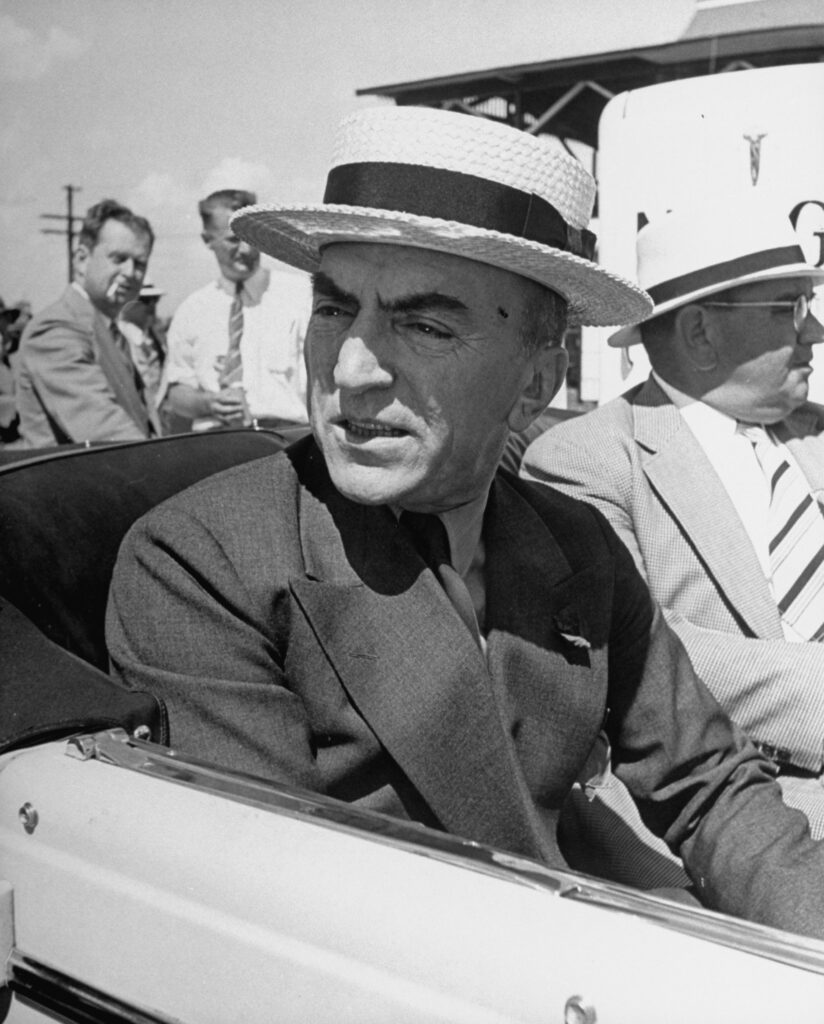
Wilbur Shaw – A Legend in the Making
The 1939 Indianapolis 500 wasn’t just any race—it was the year Wilbur Shaw cemented his status as a racing legend.
Shaw, already a respected driver, won the race for the second time, but what made his victory even more significant was his dominance on the track. His smart race strategy and skillful driving allowed him to take home the checkered flag, making him one of the sport’s greatest competitors.
He wasn’t done yet, though. Shaw would go on to win again in 1940, becoming the first driver to win back-to-back Indianapolis 500 races.
His legacy wasn’t just in his victories—he later played a crucial role in saving the Indianapolis Motor Speedway from closure, ensuring the race would live on for future generations.
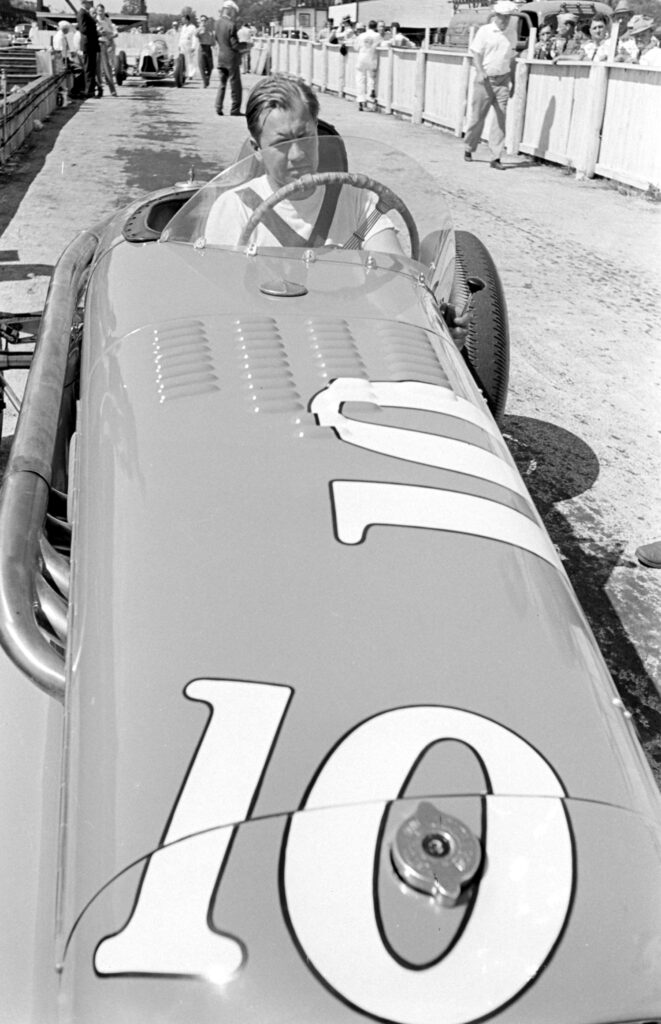
The Tragedy of Floyd Roberts – A Sport of Risk and Reward
While Eisenstaedt’s photos focused on the spectacle and excitement of race day, they did not capture one of the day’s most sobering moments—the tragic death of Floyd Roberts, the defending champion.
Roberts crashed in the middle of the race, suffering fatal injuries that would make headlines across the country. His death was a stark reminder of the dangers of early auto racing, where safety measures were almost nonexistent.
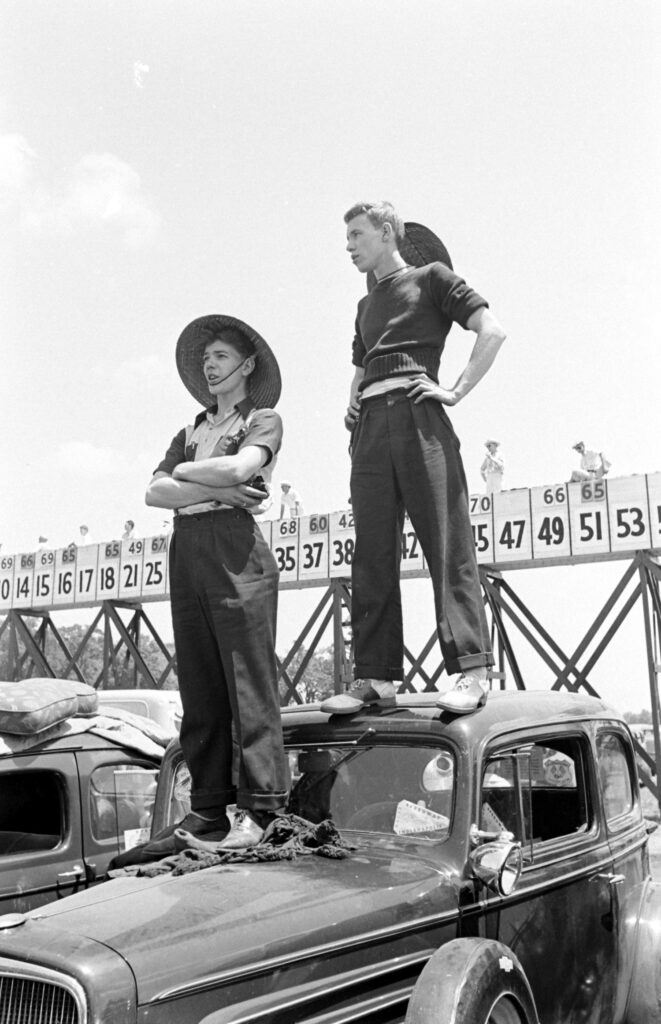
LIFE magazine’s coverage of the event took a somber tone, with a headline that read:
“145,000 Watch Sport of Death at Indianapolis Speedway.”
The article suggested that auto racing’s time was coming to an end, arguing that the sport no longer had a place in modern society. One journalist even questioned whether it was worth the risk, writing:
“I can’t believe there is enough sport or enough scientific gain to justify the sort of Memorial Day Mrs. Floyd Roberts and her three children had yesterday.”
Of course, LIFE was wrong. Racing did not fade away—in fact, it only grew in popularity, despite the dangers.
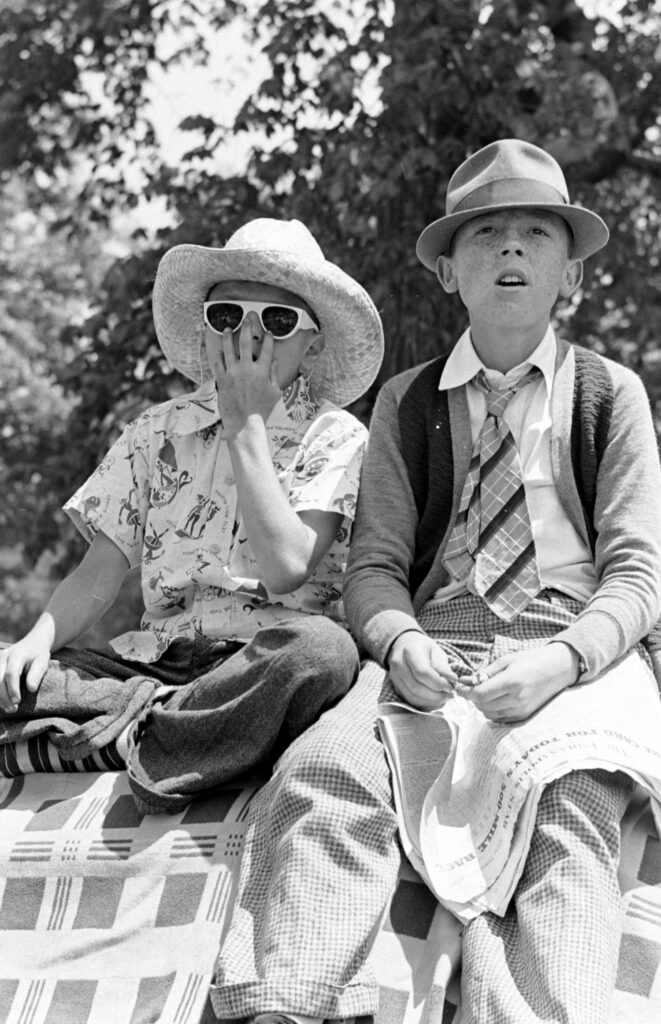
The Evolution of Auto Racing – From 1939 to Today
While the 1939 Indianapolis 500 was filled with nostalgia, excitement, and tragedy, it was only one chapter in a long and evolving history.
Since then, auto racing has undergone radical transformations, particularly in safety and technology. Some of the biggest changes include:
✅ Advanced car designs – Modern IndyCars are engineered for both speed and driver safety.
✅ Crash barriers and track improvements – Today’s tracks have safer barriers, gravel traps, and reinforced walls to prevent deadly accidents.
✅ Fire-resistant suits and helmets – Drivers now wear specialized gear that protects them from fire and impact.
✅ Medical teams on standby – Immediate medical response teams are now present at every race.
Despite these improvements, racing remains an inherently dangerous sport, but the risks have been significantly reduced compared to the brutal days of the 1930s and 1940s.
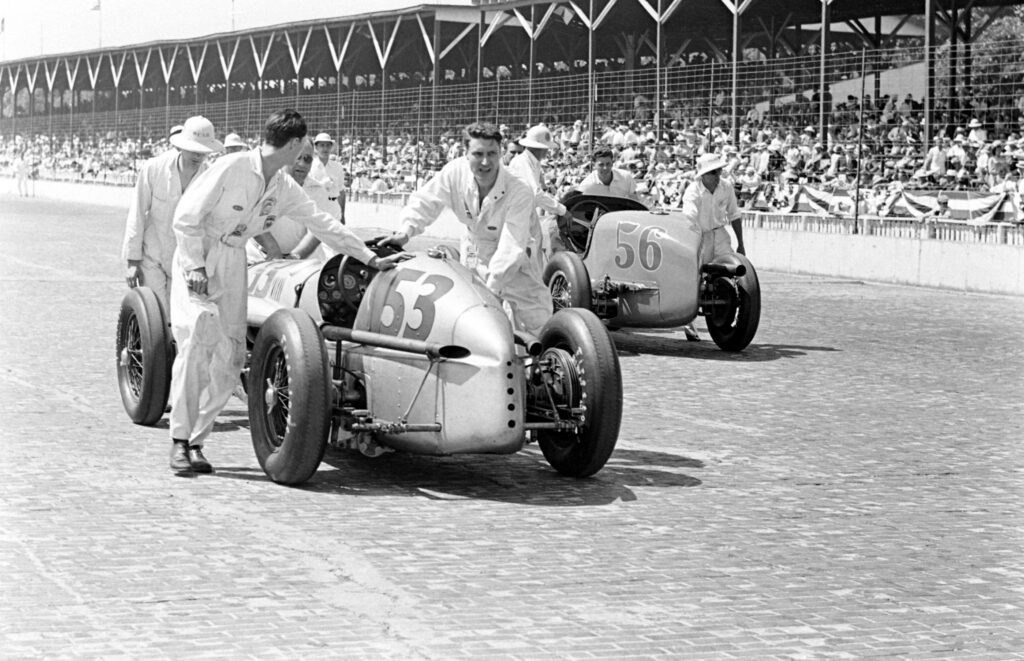
Conclusion: Eisenstaedt’s Photos Capture More Than Just a Race
Looking back at Alfred Eisenstaedt’s photographs, it’s clear that they capture more than just the 1939 Indianapolis 500—they capture a moment in time.
They show us an era when:
🚗 Race cars were raw, fast, and unforgiving
🎩 Fans dressed in formal attire to watch high-speed action
🏁 Motorsports were as thrilling as they were dangerous

While the Indianapolis 500 has evolved over the decades, its soul remains the same—a race built on tradition, speed, and the relentless pursuit of victory.
So the next time you see the brick strip at the start/finish line, remember—it’s not just a racing surface. It’s a piece of history, a link to legends like Wilbur Shaw and Floyd Roberts, and a reminder of how far motorsports has come.
